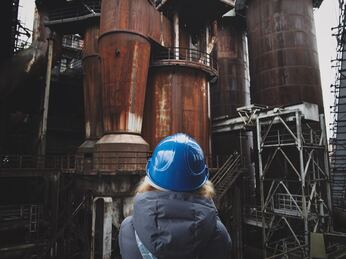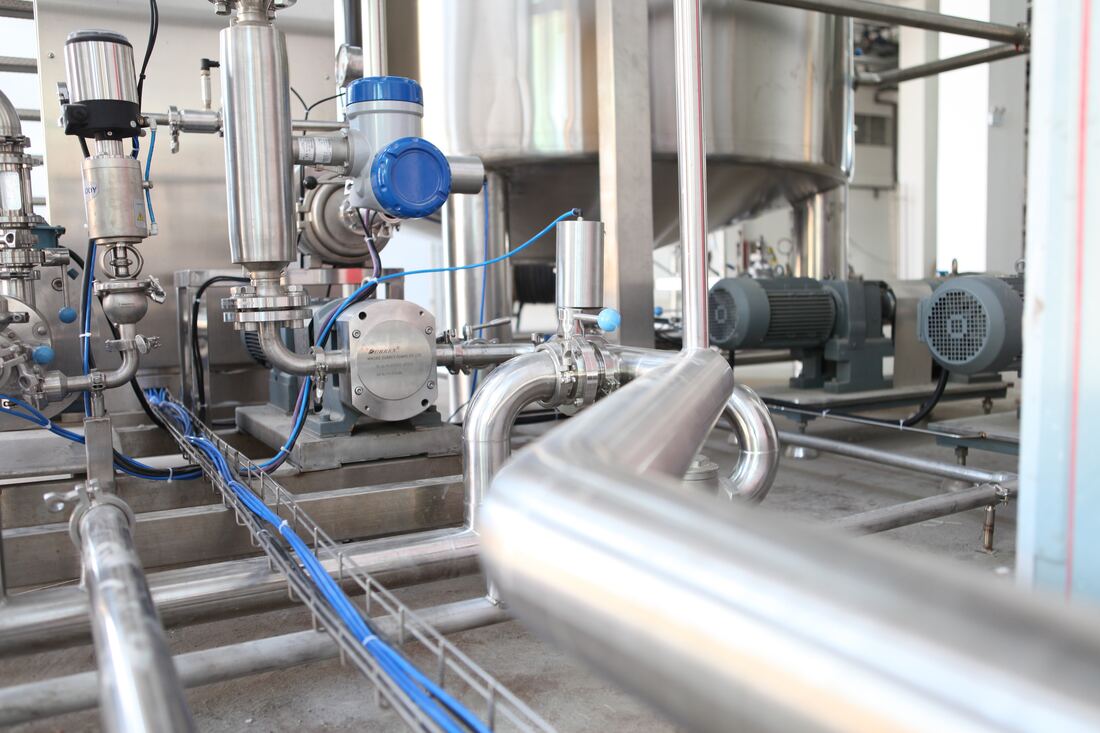 Author: Richard DiNitto Every year OSHA announces its most commonly cited violations against its many rules. In 2019, the list is nominally the same as in the past few years (https://www.osha.gov/Top_Ten_Standards.html). But as much as they publish this list and likewise punish offenders, companies all too often continue to play Russian Roulette with worker's lives and health and financial penalties. Some of the violations relate to OSHA's Construction Standards under 29 CFR 1926 as well as to their rules for General Industry under 29 CFR 1910. For now I will focus on those relating to general industry as they apply to almost all businesses. The most commonly cited violation OSHA reports relates to Hazard Communication rules under 1910.1200 which will be the subject of this article. Under this rule, employers having chemicals onsite must ensure that information concerning the classified hazards of each chemical is communicated to all employees potentially affected by their presence onsite. Manufacturers or importers of chemicals must classify the hazards of chemicals which they produce or import and provide that classification and other information about the chemicals in Safety data Sheets. OSHA updated their rules in 2012 to be consistent with the provisions of the United Nations Globally Harmonized System of Classification and Labelling of Chemicals (GHS), Revision 3. Generally, most employers know that if chemicals are onsite, that you must have copies of each chemical's Safety Data Sheet or SDS (formerly known as the Material Safety Data Sheet or MSDS), make them available to all employees and train everyone on their hazards. While not rocket science and ultimately rather simple, the rules are detailed and many operations miss important elements. A quick summary of the key items are noted below, but employers should take a close look at their programs for chemical management on an annual basis to make sure they are not getting into a potential violation area:
Having a written program or not, fulfilling the training requirements are the most common failures in organizations. The Isosceles Group is retained to develop, implement and maintain Occupational Health & Safety (OHS) and Environmental Management Systems (EMS) at industrial and commercial facilities. It also manages various EHS issues that affect the operation and expansion of such facilities. If you would like The Isosceles Group to assist with EHS management at your facility, please contact Richard DiNitto at [email protected] or (617) 330-2800.  Author: Richard DiNitto Control and Influence of Outsourced Processes and Procurement of Goods and Services In Part #3 of my series on Tips for Implementing an Environmental Management System (EMS), we are going to discuss a little known section of the Standard, often overlooked or minimally addressed. It is a constant source of confusion and the subject of oft cited non-conformances. In Clause 8.1 on Operational Planning and Control, there is a requirement that states (highlights/underline my addition): The organization shall ensure that outsourced processes are controlled or influenced. The type and extent of control or influence to be applied to the process(es) shall be defined within the environmental management system. and; the organization shall:b) determine its environmental requirement(s) for the procurement of products and services, as appropriate; c) communicate its relevant environmental requirement(s) to external providers, including contractors; What it boils down to, is that an organization with an EMS must look at and implement or exert some form of control, influence and/or communication of "your" environmental requirements to these outside businesses. They fall into three areas:
You can classify these into direct or indirect suppliers, but either way, any company being hired by your firm, to provide any service or product technically comes under the scope of this clause. Luckily the Clause provides an out only in that you get to determine what firms would be addressed in this process. The idea here is, is that you as a certified ISO organization must look beyond your borders and day-to-day operations to determine the potential impact on the environment that firms you procure raw materials from, or firms fulfilling outsourced roles and functions, or contractors coming onto the site can have, and that they perform their duties or run their businesses in an environmentally sound manner. It is also the impact that the products/services themselves may have on the environment. Do the vendors or contractors you use have a bad track record with past or current environmental violations? Do they conform to any Standards? Do they offer more environmentally-sound products and services? Are they doing anything to reduce their environmental footprints? Examples of products or services that a vendor, contractor, or outsourced process could provide are (and by no means limited to this list):
Understanding the environmental impacts that each firm you hire or procure from is important to the EMS. You need to establish in your EMS the extent to which you will exert control and influence on them, determine the methods of that control and influence and document your actions. It isn't good enough to ask them to perform in an environmentally sound manner when onsite, but it is also about what happens off-site. A waste hauling firm for instance takes your waste offsite and then disposes of it somewhere. Is it being done correctly and in an environmentally sound manner. Is the landfill or incinerator it is going to being operated properly. Often regulators will look to the firms that generated the waste as being potentially liable for improper waste management by the firms who removed it from your facility. Likewise a contractor performing work on your facility may take its used materials, chemical wastes or debris from your site and then dispose of it improperly. Ultimately you retain some liability for everything that goes out the door. Contractors could also mismanage their activities onsite that leads to creating an environmental impact, such as accidentally discharging oils or chemicals down storm drains. Outsourced processes such as plating can lead to environmental impacts if the plating company does not perform in an environmentally sound manner. They too could have past or current environmental violations that could reflect negatively on your business and EMS. While there are many ways to manage vendors, contractors and firms providing outsourced services, here are some example methods that can help in meeting the requirements of Clause 8.1:
5. You could as many companies do, perform an actual site audit of their operations to visually see what they are doing and how well they are managed. In the end what you do with all this information is crucial. There is an old adage that "what gets measured gets managed". And here that can apply as firms that see these requests and requirements, often start to take proactive or at least reactionary efforts to improve their operations. Your response to your results and information obtained can be as simple as a warning note to them, re-addressing your expectations, or demanding corrective actions in order for them to maintain their contract with you. Future contracts can also be enhanced to set more stipulations and requirements; essentially taking some of the items above and making them critical components in order to obtain the work in the first place. There is a lot that can be done, but by starting to look at these areas and start to build into your EMS ways to manage suppliers, gets you closer to a higher performing EMS. The Isosceles Group is retained to develop, implement and maintain Occupational Health & Safety (OHS) and Management Systems (MS) at industrial and commercial facilities. We also manage various EHS issues that affect the operation and expansion of such facilities. If you would like The Isosceles Group to assist with EHS management at your facility, please contact Richard DiNitto at [email protected] or at (617) 330-2800. |
Search Facility Management BlogBrowse Archives
November 2019
|


 RSS Feed
RSS Feed
